Continuo
Gedackt 8' (wood)
Prinzipal 8' (wood)
Oktave 4' (wood)
Krummhorn 16' (wood)
415-440-465Hz, C-c'''
Gregor Bergmann 2013
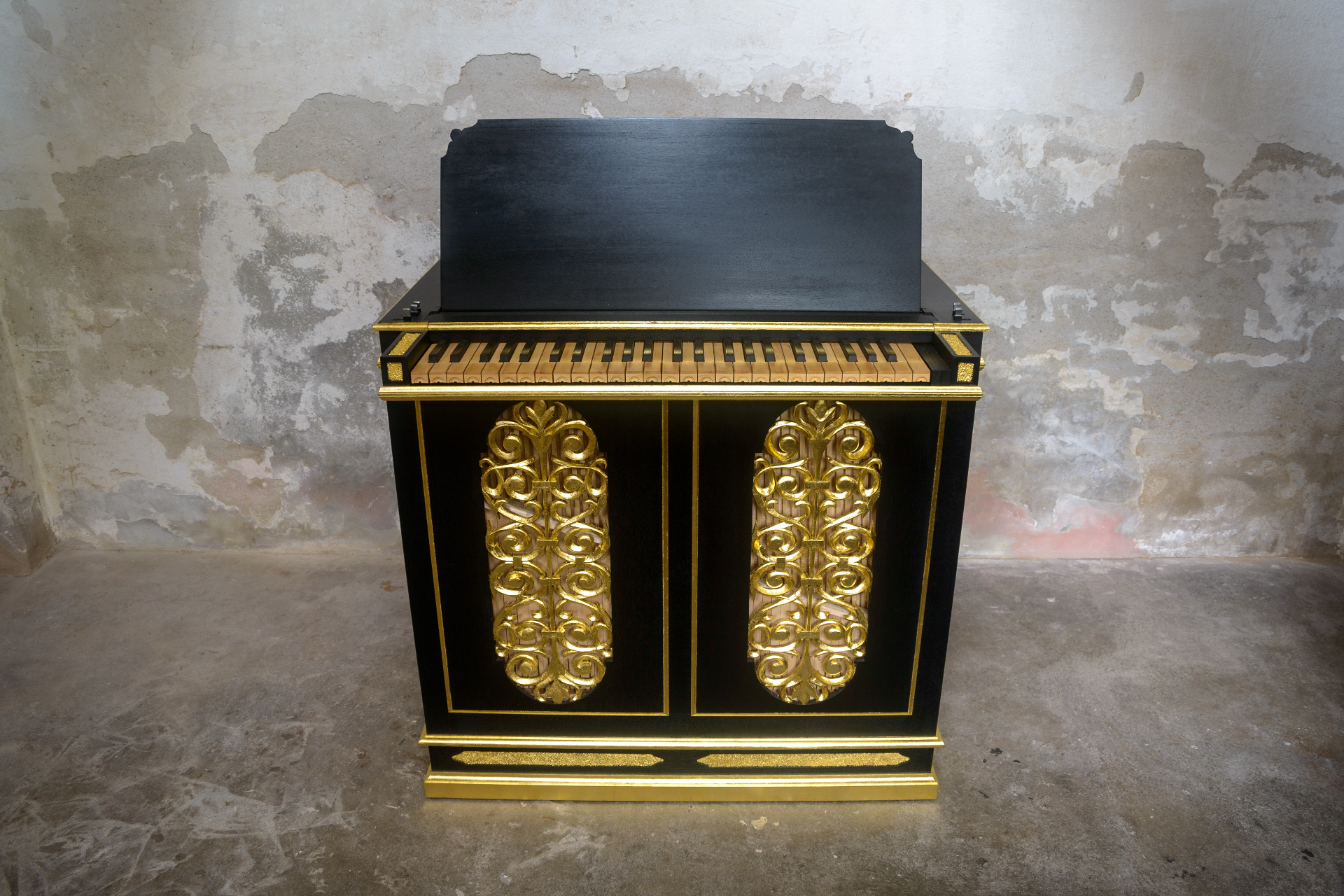

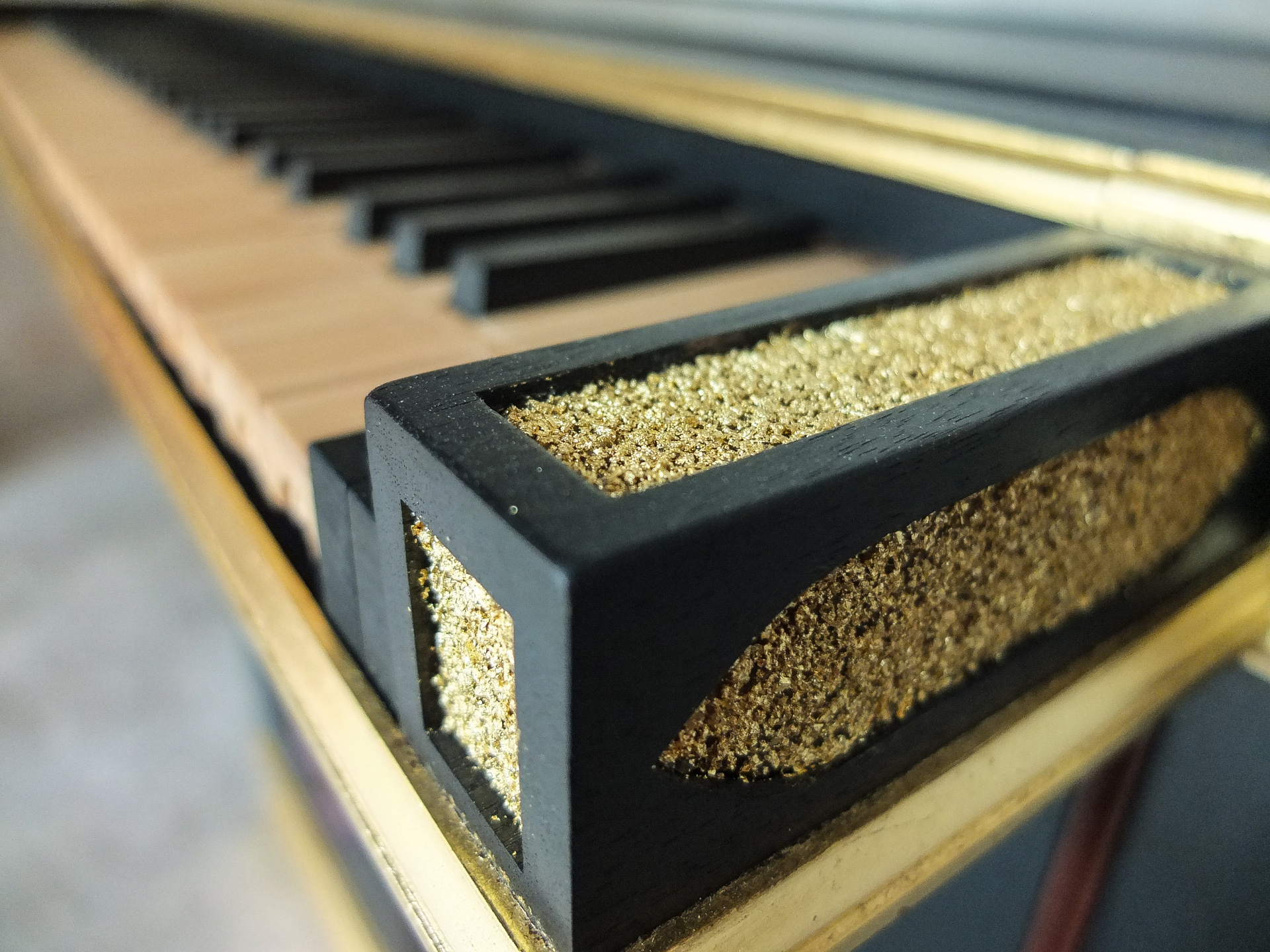

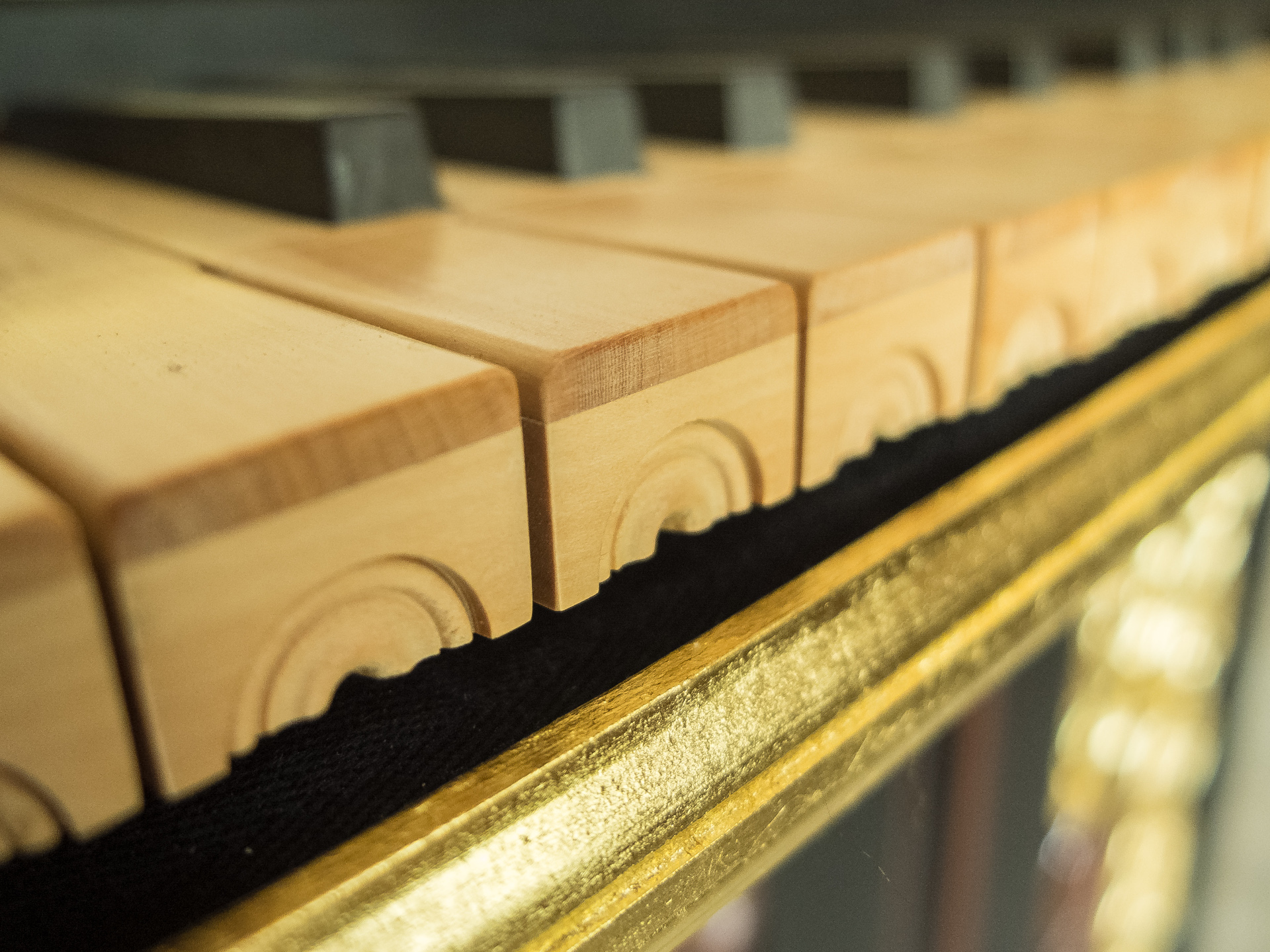
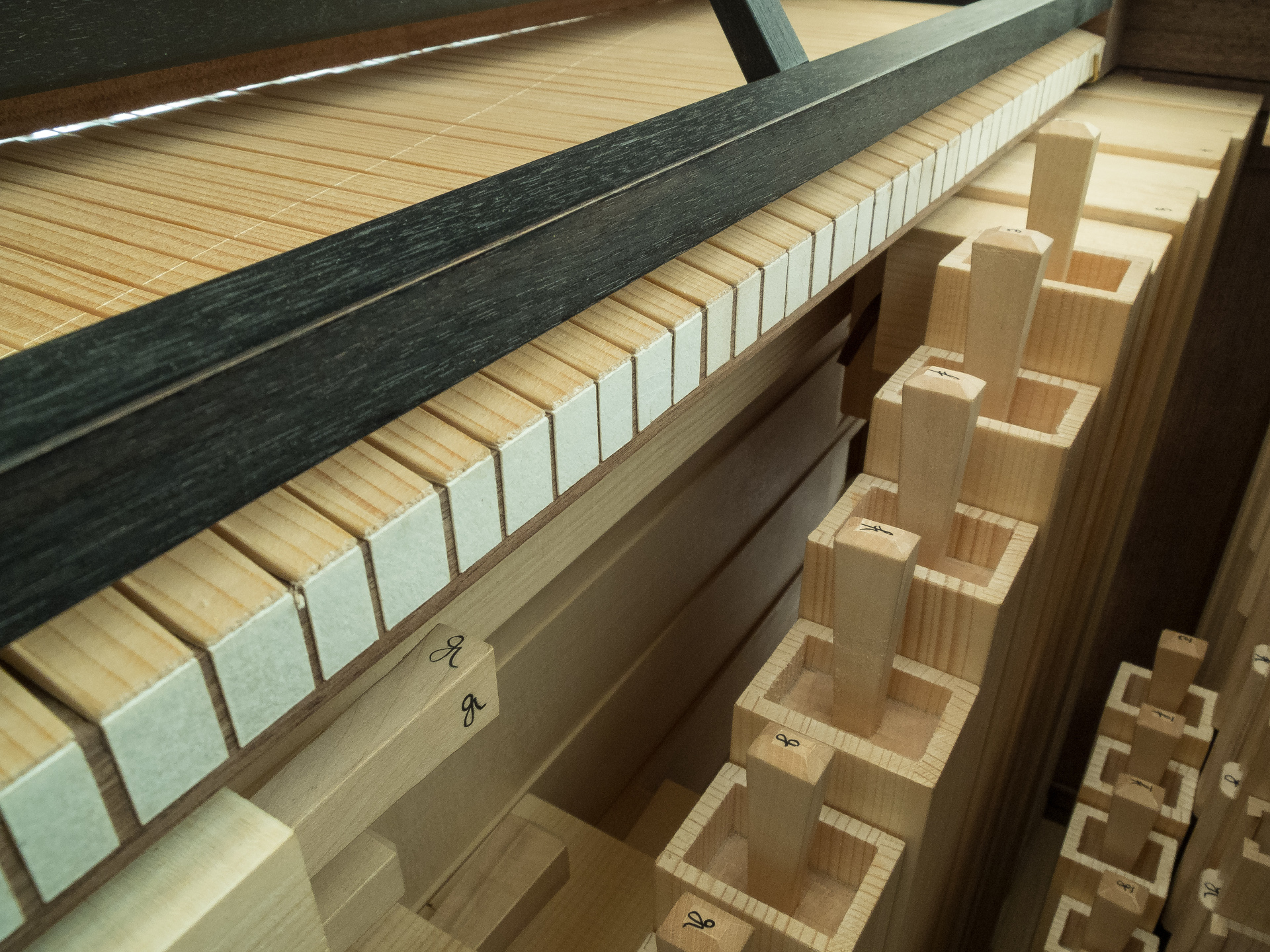
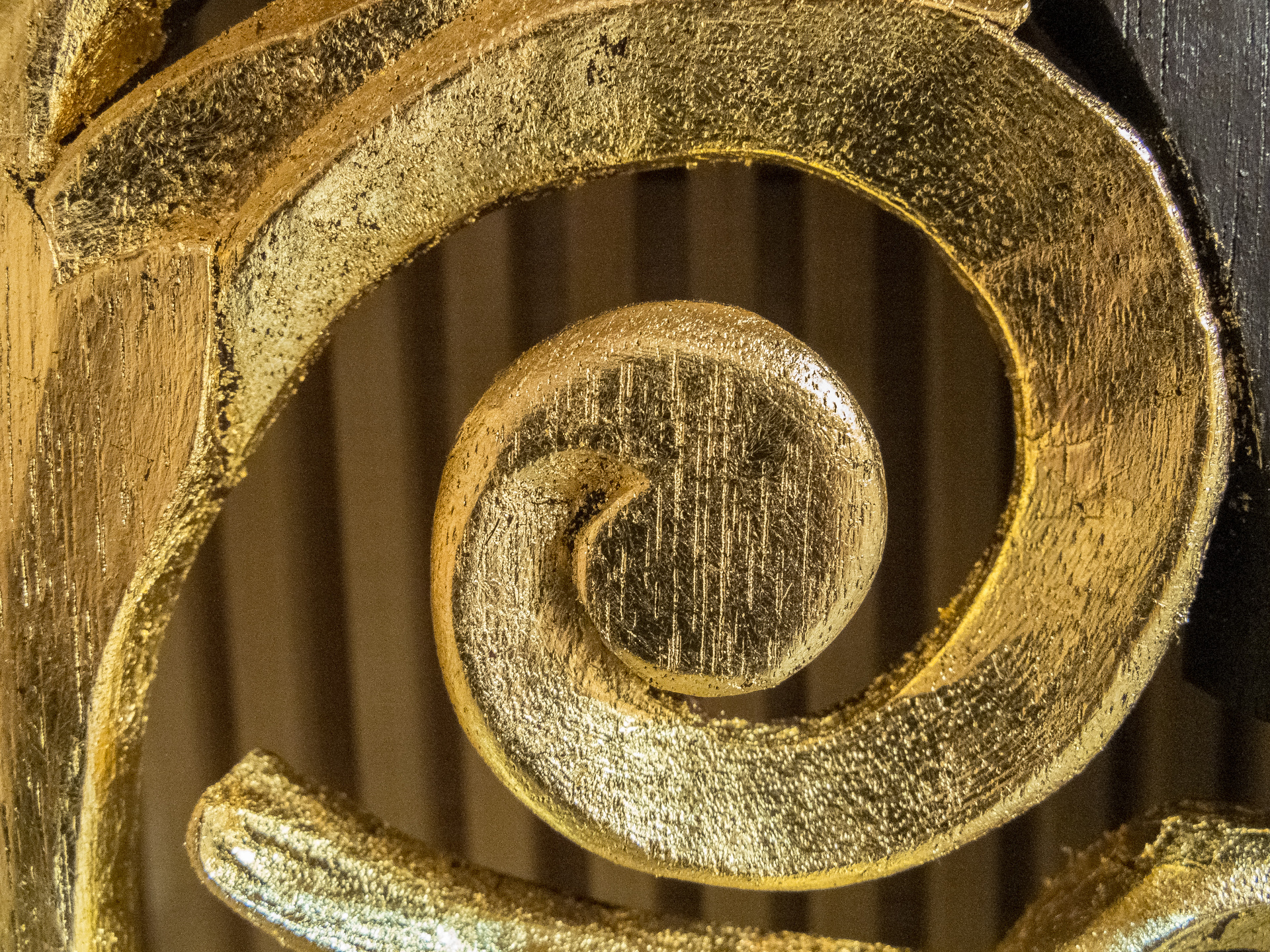
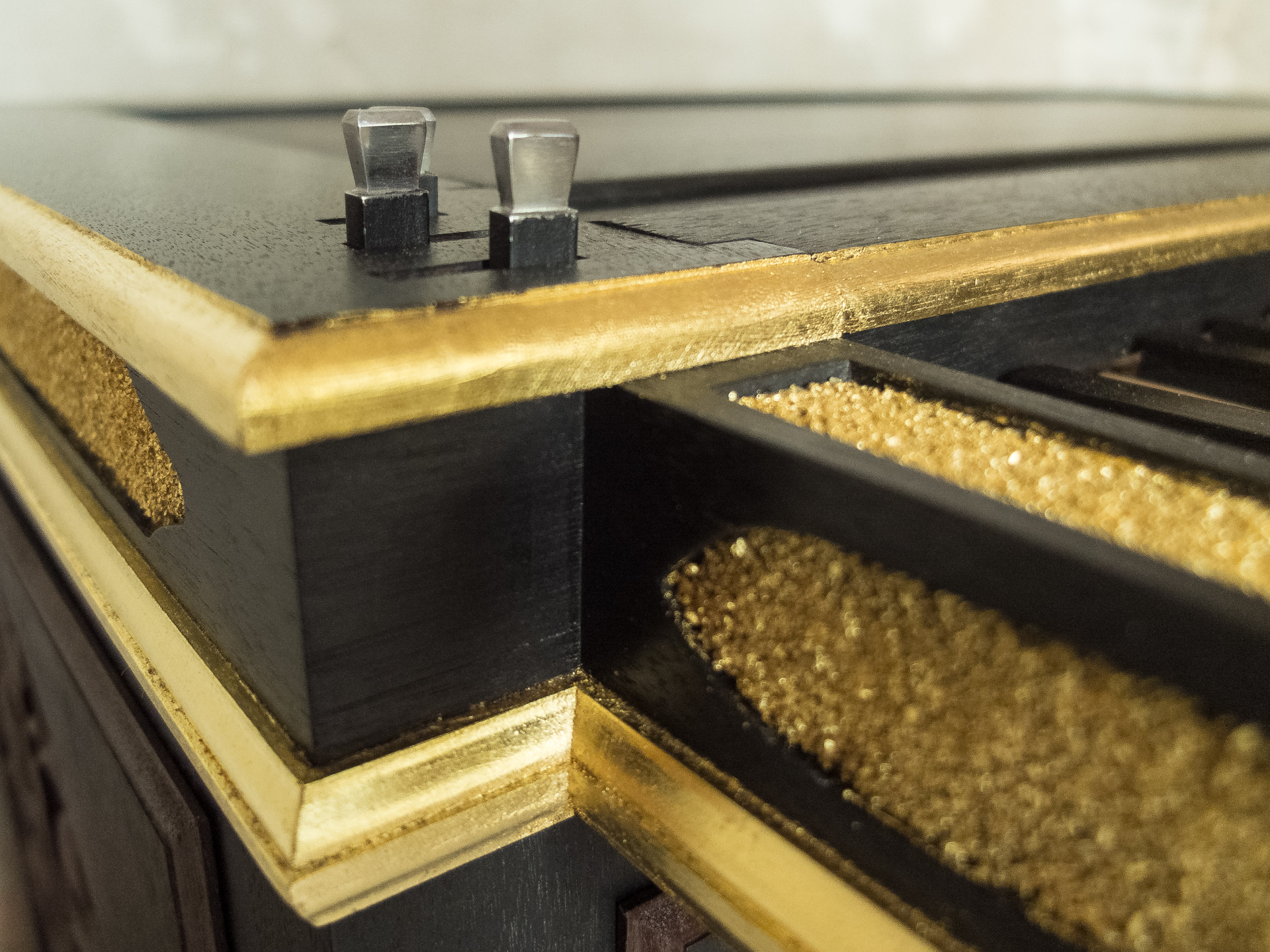
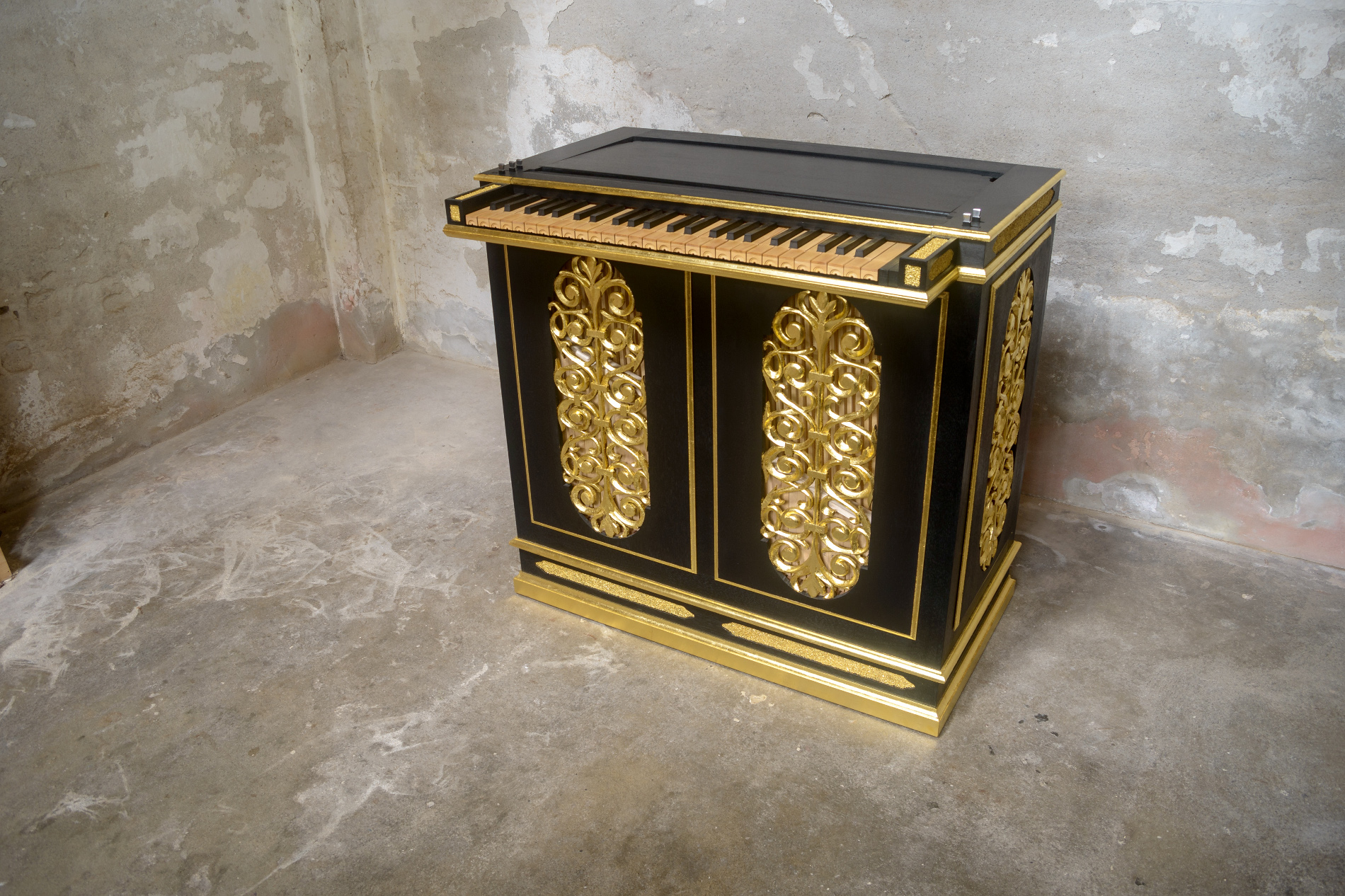

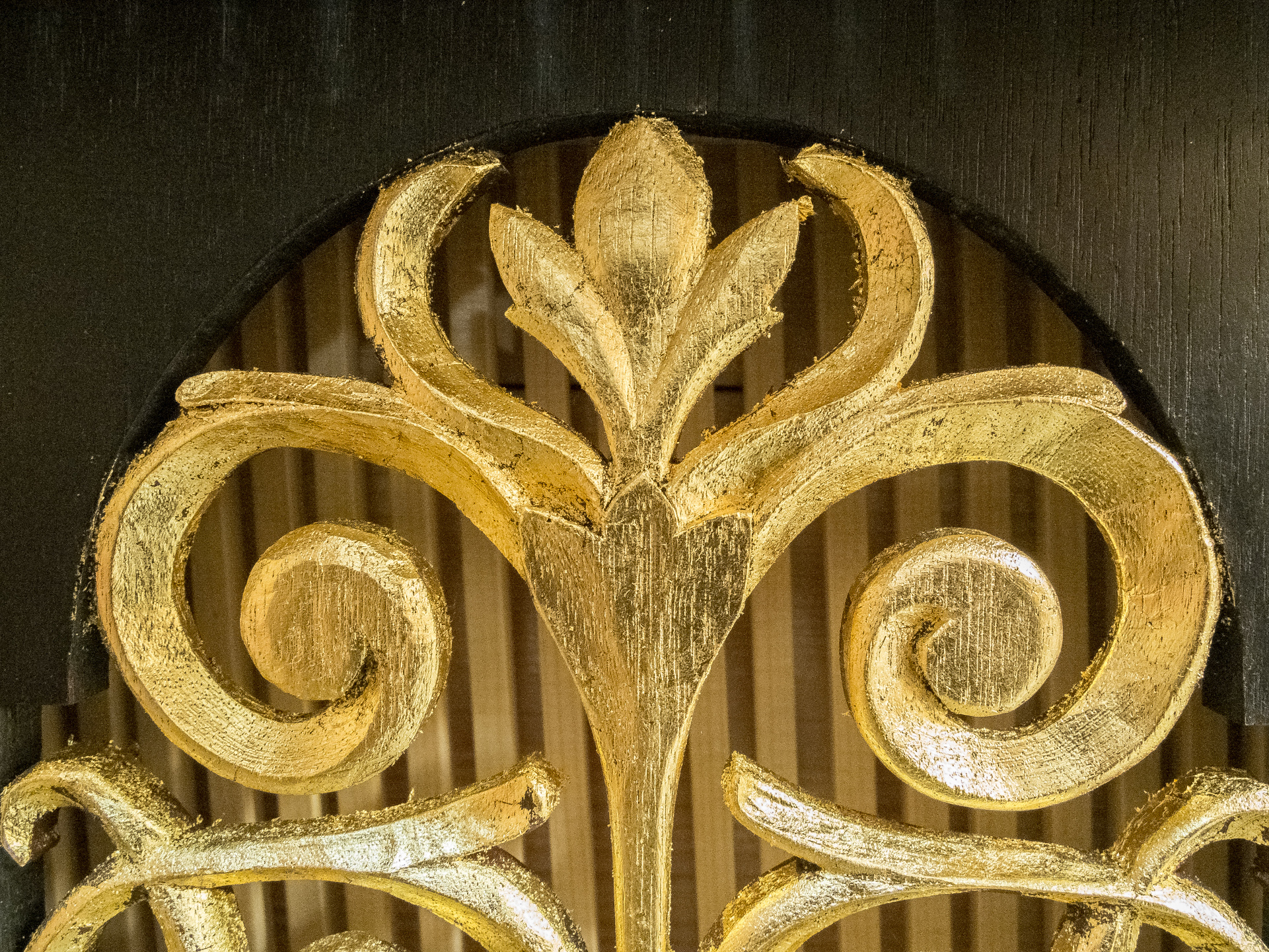
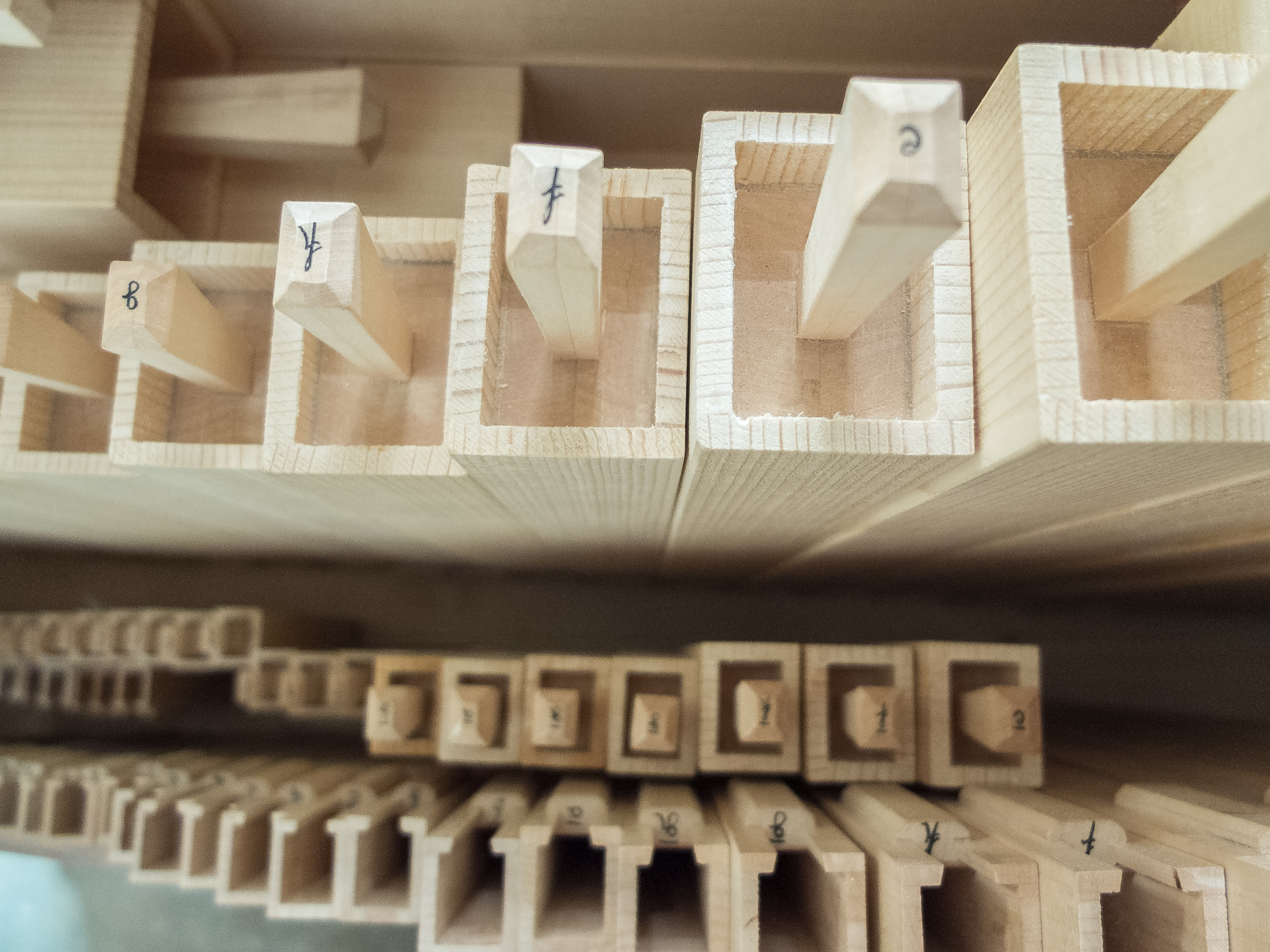
Luigi Battiferri, Ricercare 1669, Tomaž Sevšek
Nicolò Corradini, Ricercar del secondo tuono. Di due fughe. 1615, Tomaž Sevšek
J. J. Walther Aria, violin Alice Julien-Laferrière, continuo organ Tomaž Sevšek
Video-Link: https://www.youtube.com/watch?v=C7LiDR5t42o&t=1340s
The Art of Making Wooden Principals
It is difficult to make an open wood pipe sound like a principal. This has chiefly to do with the geometrical shape of the pipe and the properties of the material itself. The problem intrigued organbuilders in the 17th and 18th century and still does. Organbuilders from England to Italy came up with a variety of solutions to this physical problem. Among them were Adam Gottlob Casparini, Nicolaus Manderscheidt, Stefan Cuntz, Arp Schnitger and Esaias Compenius. Each of these organbuilders developed his own style even though the sound remained in the northeuropean soundscape. The best known member of the Casparini family, the flamboyant Eugenio Caspari, claimed to have invented a miraculous lacquer. He used it to protect his linen from heat when casting, to make wooden conductors as well as wooden pipes leak-proof, and to render them unattractive for parasites. This is a range of achievements for any substance, but he also considered it responsible for making his open wood pipes resemble a principal so much that the difference was indistinguishable.
In Adam Gottlob Casparini’s organ in Vilnius, the wooden principals do sound the way Eugenio praised them; and two generations later he still sized the insides of his pipes with a size that matches the description of Eugenio’s so called ‘Invetriatur’.
Obviously this will have an effect on the sound, as will most treatments of relevant parts in any musical instrument. But I think that when ranking the factors relevant to sound, this one is not on top of the list. That is to say, even the best lacquer will not make a great violin if the top hasn’t been thinned properly.
Other builders achieved the desired sound as well without the miraculous ‘Invetriatur’. Design and construction of the languid, cap and upper lip would be on top of the list of every maker I’d say. And indeed here one can find a great variety of ideas like flues cut into the cap rather than the languid, raised languids, lowered caps or very high caps and languids creating a long wind channel.
In my small continuo organ I combine the advantages of both Casparini’s and Cuntz’ styles.